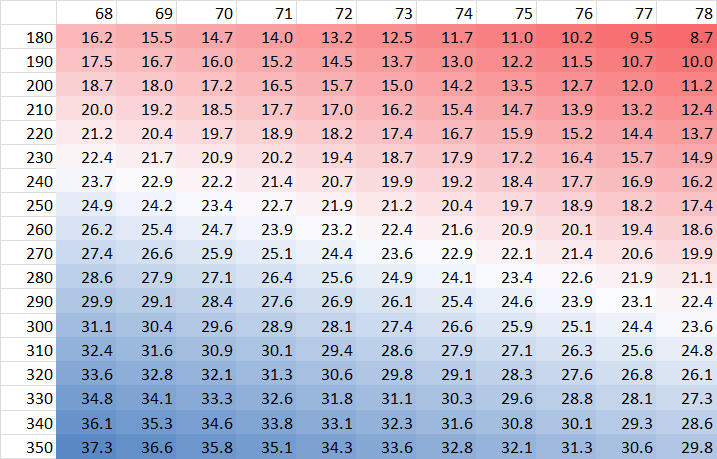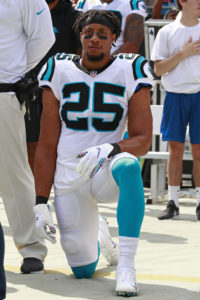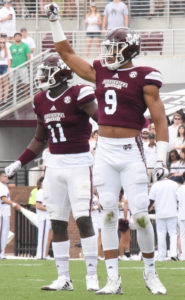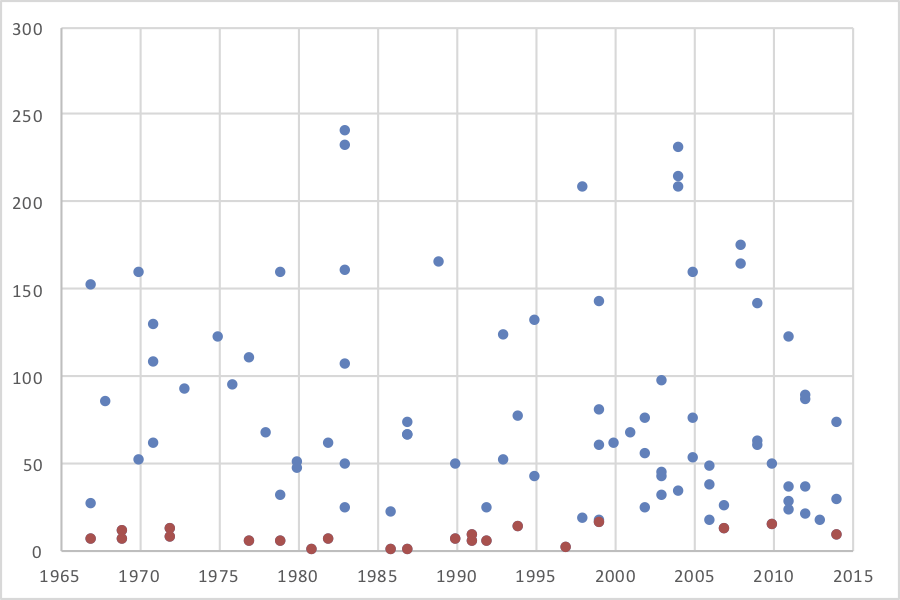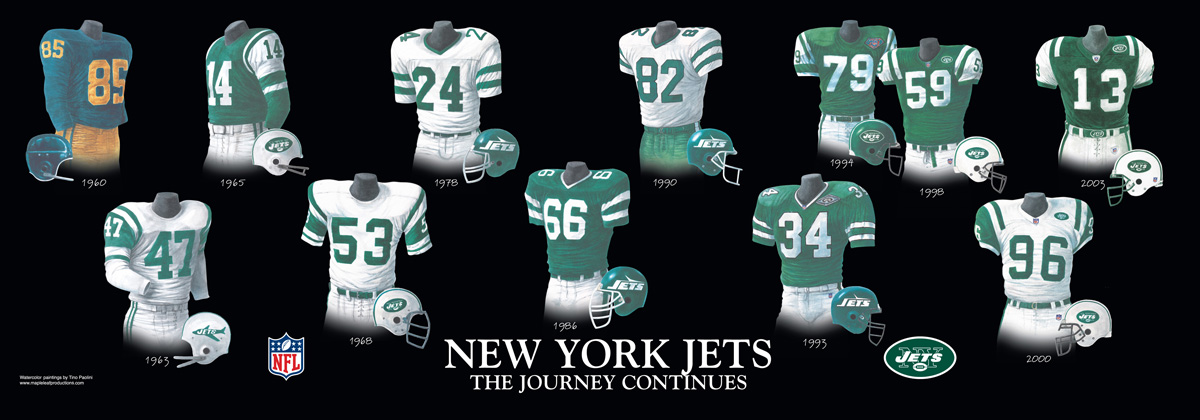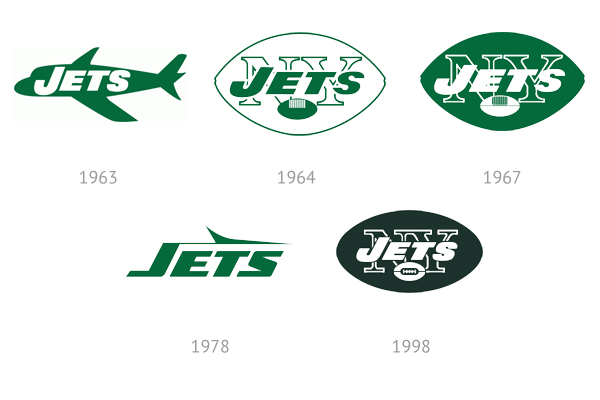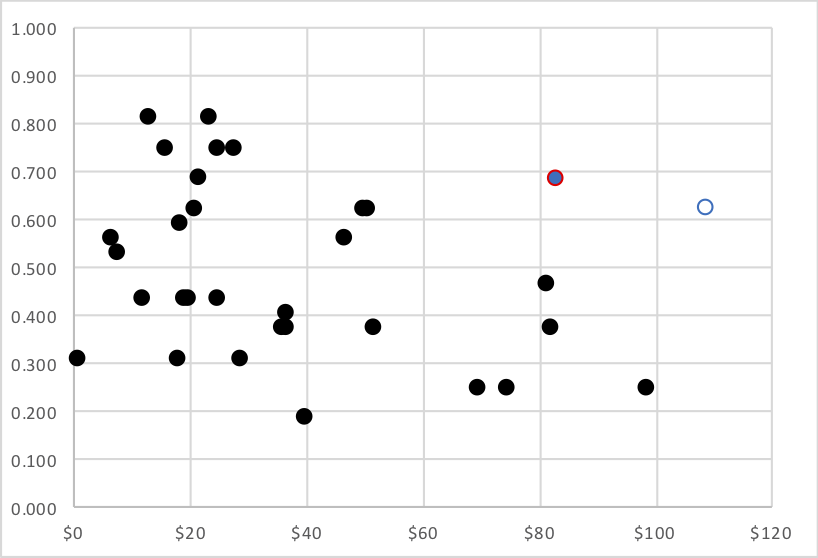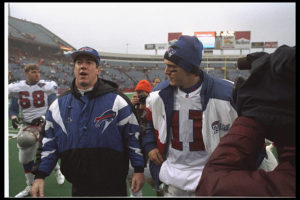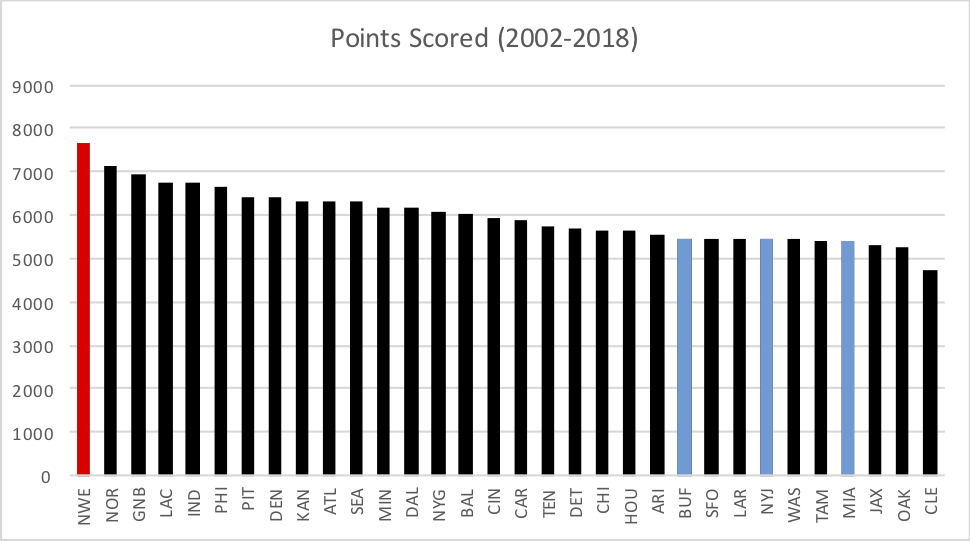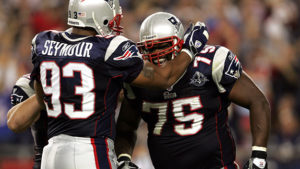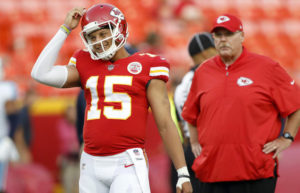The 2018 Associated Press All-Pro awards were announced over the weekend, and you may have missed them in the Super Bowl and Hall of Fame hype. So let’s review, and in particular, pay attention to the vote count and results from other outlets.
Most Valuable Player
Chiefs QB Patrick Mahomes received 41 votes, while Saints QB Drew Brees received 9 votes. This wasn’t too surprising: Mahomes was the most valuable passer in football, at least statistically, by a good measure. The Pro Football Writers of America also picked Mahomes.
Offensive Player of the Year
Patrick Mahomes picked up 30 votes, followed by Drew Brees (16), Texans WR DeAndre Hopkins (2) and Rams RB Todd Gurley (2). PFWA picked Mahomes, as did the Sporting News (they don’t pick an MVP). The Sporting News lists its runners up as Brees in 2nd place, Gurley in 3rd, and then Philip Rivers and Antonio Brown tied for 4th place.
Defensive Player of the Year
Rams DT Aaron Donald repeated as DP DPOY, picking up 45 votes. New Bears LB Khalil Mack received the other 5 votes. In 2017, Donald earned 23 votes, with Jaguars DE Calais Campbell the runner-up with 17 votes. You won’t be surprised to learn that PFWA also picked Donald. The Sporting News also had Donald 1st, followed by Mack, Texans DE J.J. Watt, Chicago S Eddie Jackson, and a 3-way tie for 5th place among Colts rookie LB Darius Leonard, Seahawks LB Bobby Wagner, and Bears CB Kyle Fuller.
Offensive Rookie of the Year
Giants RB Saquon Barkley picked up 26.5 votes, edging out Browns QB Baker Mayfield (21.5). Colts G Quenton Nelson also received 2 votes. PFWA picked Mayfield as its overall rookie of the year, but also chose Barkley as its Offensive Rookie of the Year. Is that confusing? It sure is, but I suppose this is akin to picking one player for MVP, and another offensive player for Offensive Player of the Year.
Defensive Rookie of the Year
Colts LB Darius Leonard won the award with 29 votes, Chargers S Derwin James received 20 votes, and Broncos DE Bradley Chubb received 1 vote. The Sporting News, which votes for just a Rookie of the Year, had Barkley first, Mayfield second, Leonard third, James fourth, and Chubb 5th. PFWA also went with Leonard.
Comeback Player of the Year
Colts QB Andrew Luck won the award with 44 votes; Texans DE J.J. Watt received 4 votes, while Redskins RB Adrian Peterson received 2 votes. Both the PFWA and the Sporting News also selected Luck, with the Sporting News having Deshaun Watson second, J.J. Watt third, Adrian Peterson fourth, and Odell Beckham fifth.
Coach of the Year
Bears HC Matt Nagy won the award with 24 votes, beating out runner-up Anthony Lynn of the Chargers who had 10 votes. Colts HC Frank Reich was the runner up with 8, followed by Chiefs HC Andy Reid (5), Seahawks HC Pete Carroll (2), Saints HC Sean Payton (1). The Sporting News went with Reid, followed by Lynn, Nagy, and Reich in a 3-way tie for second place. PFWA also picked Nagy.
Assistant Coach of the Year
Bears DC Vic Fangio received exactly half of the 50 votes to win the award, easily beating out Ravens DC Don Martindale (9). Indianapolis DC Matt Eberflus received 7 votes, followed by Seahawks OLC Mike Solari (2), Cleveland OC Freddie Kitchens (2), and then give coaches with one vote each: Seahawks OC Brian Schottenheimer, Browns DC Gregg Williams, Colts OLC Dave DeGuglielmo, Cowboys DC Kris Richard, and Saints DC Dennis Allen. The AP has only been giving this honor out for five years: the first winner was Todd Bowles as Arizona DC, Wade Phillips (then the Broncos DC) won it in ’15, and then offensive coordinators Kyle Shanahan (Atlanta) and Pat Shurmur (Minnesota) won it the last two years. This has been an obvious launchpad to head coaching jobs: Bowles was hired by the Jets in ’15, Shanahan by the 49ers in ’17, Shurmur by the Giants in ’18, and now Fangio by the Broncos in ’19. Only the older Phillips hasn’t immediately become a head coach after winning this award.
PFWA also went with Fangio. The Sporting News gave this honor to Fangio, with Chiefs OC Eric Bieniemy, Rams ST coach John Fassel, and Eberflus in a 3-way tie for second place.
Executive Of the Year
Only voted on by PFWA, this honor went to Colts GM Chris Ballard.

